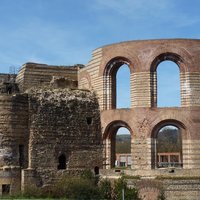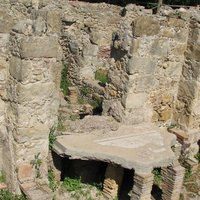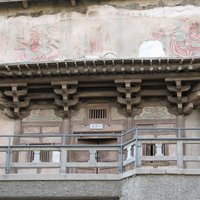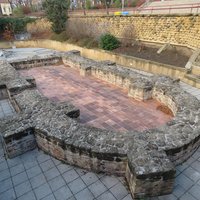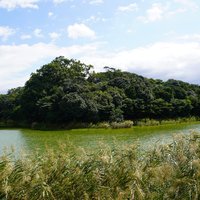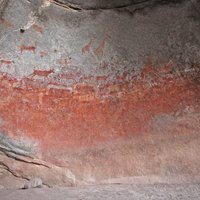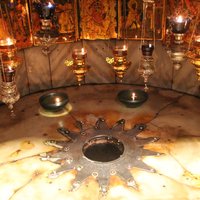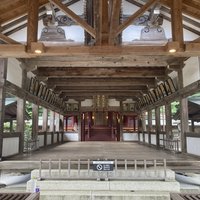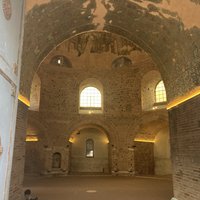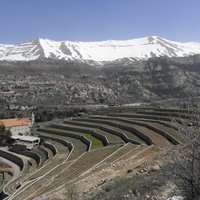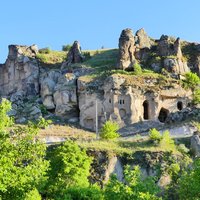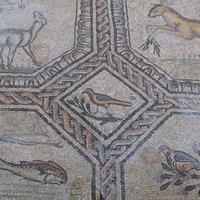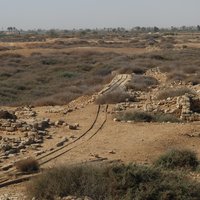Connected Sites
-
Porta Nigra, Constantine Basilica and the restored Cirucus Maximus, amphitheatre and thermae date from the time of Constantine the Great (305-337).
-
Between 310 and 340 (AB ev)
-
"The first caves were dug out 366 AD as places of Buddhist meditation and worship. The caves contain some of the finest examples of Buddhist art spanning a period of 1,000 years. From the 4th until the 14th century, Buddhist monks at Dunhuang collected scriptures from the west while many pilgrims passing through the area painted murals inside the caves." - wiki
-
For its Christian monuments: "The Christian monuments of Hierapolis, erected between the 4th and the 6th centuries, constitutes an outstanding example of an Early Christian architectural group" (AB ev, Criterion IV)
-
"The monastery was founded in ca. 340 by Hilarion" (wiki)
-
Tombs date from the 4th century
-
The kofun date from the late 4th and early 5th century.
-
earliest paintings
-
The Church of the Nativity was originally constructed in 399AD (AB ev)
-
King Ezana's Stele was erected during his reign in c.321-c.360
-
early ritual practices associated with maritime safety, which emerged in the 4th century AD (AB ev)
-
Start of construction of the great Christian monuments, including the palatial complex of Galerius
See en.wikipedia.org
-
The Cultural OUV of the site is based upon the continuous use of the area by monastic communities (Monasteries and eremetic caves) since the earliest years of Christianity. Among these in particular were the 'Maronites' who founded monasteries there and, from 5C, faced repeated persecution for their 'heretical' beliefs. From 7C they were effectively isolated until the Crusades in their mountain valley from Byzantine Christians by the spread of Islam and set up their own Patriarch in 687. Of the major monasteries, those of Qannubin and St Anthony of Quzhayya, were traditionally founded in 4C (though possibly in reality somewhat later) whilst those of Our Lady of Hauqqa and St Elisha were founded in 13 and 14C respectively
-
first occupation
-
Church of the Holy Sepulchre (built 335)
-
OUV = "associations with Chinese spiritual and cultural life", "The oldest of the cliff inscriptions is in the calligraphy of the great pastoral poet of the Jin Dynasty, Tao Yuan-ming (365-427)" and for the East Grove Temple (AD 386)
-
Period of the Eastern Roman Empire: hippodrome of Constantine (324), aqueduct of Valens (378)
-
first cave dwellings from the time of Basil of Caesarea (330-379)
-
For the Patriarchal Basilican Complex (early 4th century origins)
-
Archaeologists have dated the original foundation to the late 4th century. By the late 4th century, it was a significant pilgrimage site for Christians who sought healing and other miracles (Wiki)

